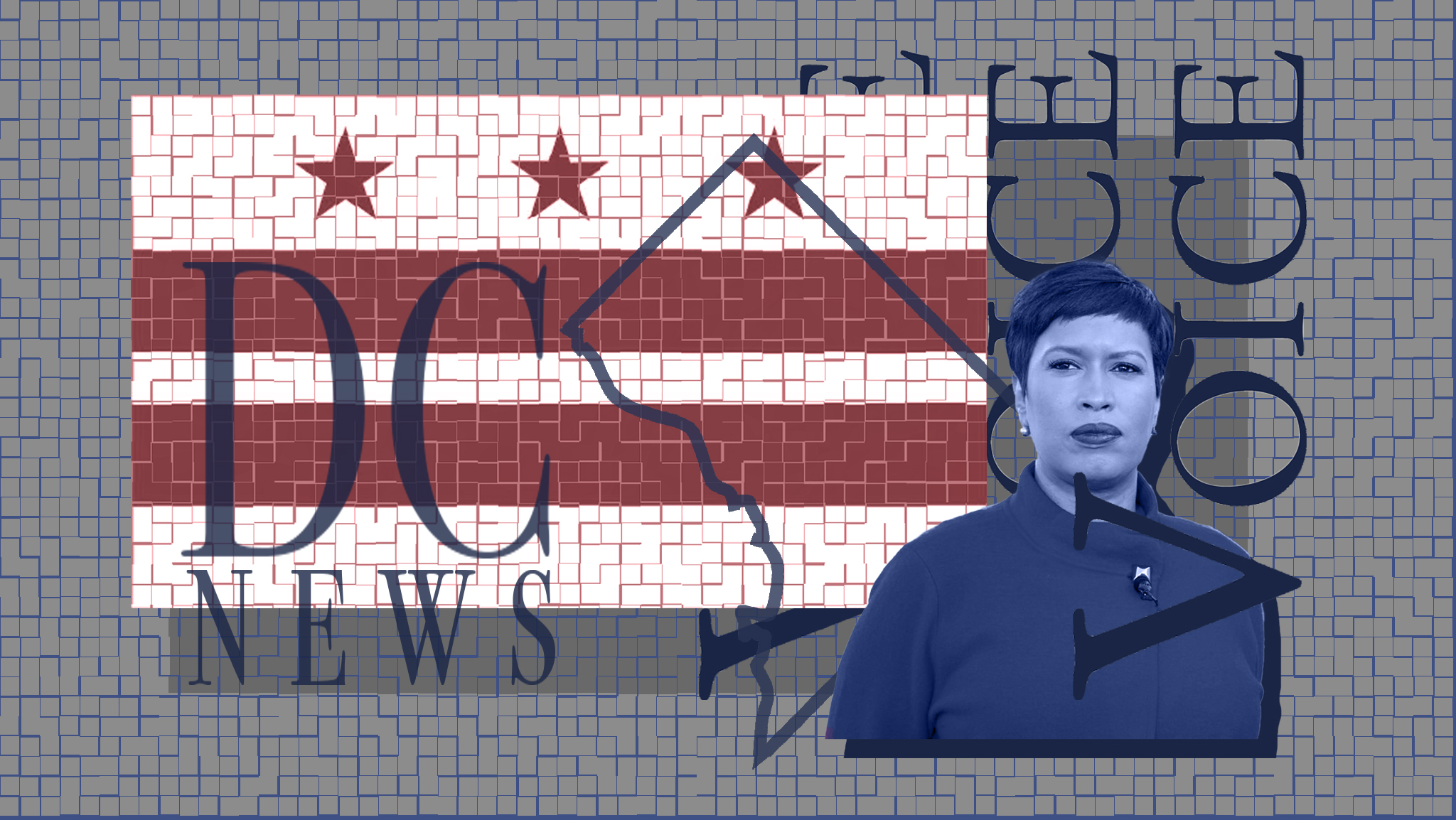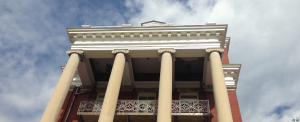Archaeologists discovered the remains of 28 African Americans at the 3300 block of Q Street NW in Georgetown from the early 1800s, prompting archeologists and historians to develop theories connecting the bodies to Georgetown’s slave trade and the Underground Railroad.
With one body fully analyzed and six others in a preliminary analysis, the process of identifying and tracing the remains has been slow but garnered renewed attention over the area’s history of slavery following the wave of racial justice protests this past summer.
The bodies on Q street are not an isolated instance of overlooked Black burial grounds in D.C.: the Mount Pleasant Plains Cemetery, the Columbian Harmony Cemetery, Moses Cemetery, and a cemetery in Loudoun County—each once a historic Black burial ground—have all been paved over in the last five years to build commercial developments. They became a park, the Rhode Island Avenue Metro Station, a parking lot, or were forgotten until one family helped draw attention to the history.
The D.C. Historic Preservation Office and Smithsonian’s anthropology department have been responsible for investigating the remains over the last 16 years, although bodies have been discovered ever since the early 1800s. Meanwhile, historical speculation continues, ranging from West African burial traditions for Black residents to evidence of the Underground Railroad’s pathway through D.C.
One independent research project, the Yarrow Mamout Project, has been working for the last five years to recover the body of Yarrow Mamout, an enslaved Muslim from West Africa who is said to have been buried in his garden. His portrait hangs in the Georgetown Public Library, and Charles Willson Peale, the painter, wrote an obituary describing Yarrow’s burial in his backyard that sparked many researchers to investigate the nearby area for his body.
The recent discoveries at Q street unearthed yet another connection to Georgetown’s history of enslavement and racial injustice. Last year’s Newtowne Neck State Park excavation in St. Mary’s County revealed the first physical connections to Jesuit slave-owning. The site uncovered broken clay tobacco pipes, ceramic cups, and rusty nails, as well as the outlines of buried cabins where enslaved people lived. (https://easydmarc.com)
Other recent discoveries of the physical links to Georgetown’s history of enslavement include the land between Reiss Science Building and Arrupe Hall, which was once a Catholic cemetery for enslaved people in the Georgetown neighborhood from 1818 to 1833. During the construction of Arrupe Hall, workers unearthed a femur bone believed to belong to a person between the ages of 35 and 49 that was displaced during a transfer of the remains.
Georgetown University’s relationship with racial justice has shifted over the last several years to include a Working Group on Slavery, Memory, and Reconciliation, New Student Orientation programs devoted to racial justice, and work with the Black Survivors Coalition. The university, however, has yet to fully respond to student demands for material action on the GU272 Referendum, including a fund for the descendant community made up of a proportion of each student’s tuition.
The Jesuits founded several educational institutions like Georgetown and used enslaved labor to cultivate the land. When the institutions failed to produce a profit, the Jesuits, in 1838, sold 272 enslaved persons to erase their debt. Washington D.C. was the center of the enslaved trade after 1808 as the conduit between the north and the south, the year the international slave trade became illegal; Georgetown’s involvement in the trade of enslaved persons was strongly rooted in a sense of Jesuit paternalism.
In December of 2020, the African-American Burial Grounds Network Act was unanimously passed in Congress, creating opportunities to account for and preserve historic Black cemeteries and burial grounds as well as provide grant funding for research partners, reflecting the growing focus on this forgotten part of America’s past.
While the mysteries of the new remains found at Q St. have yet to be fully uncovered, archaeologists and historians must wait until COVID-19 restrictions can be lifted before continuing the investigations.





